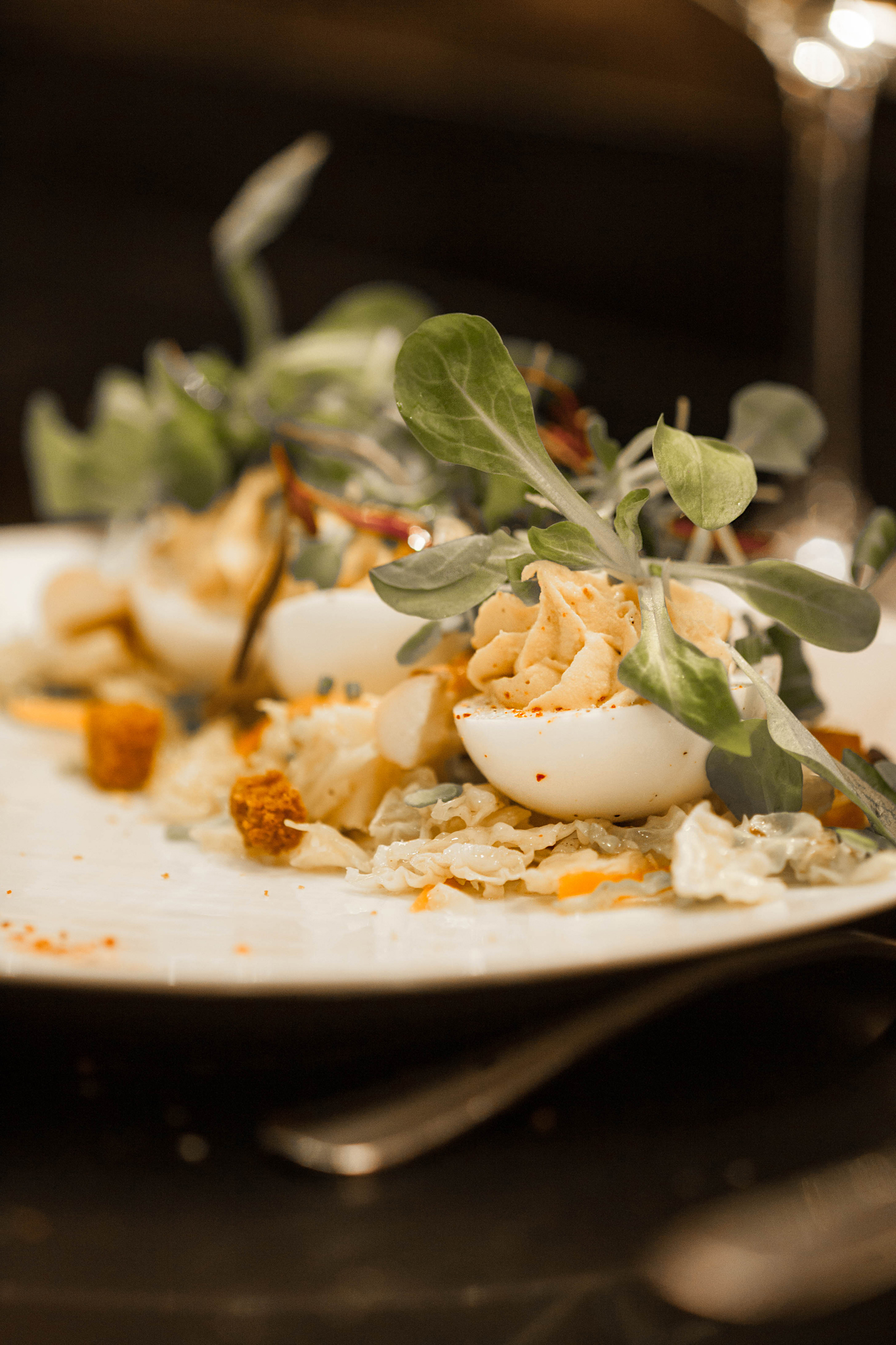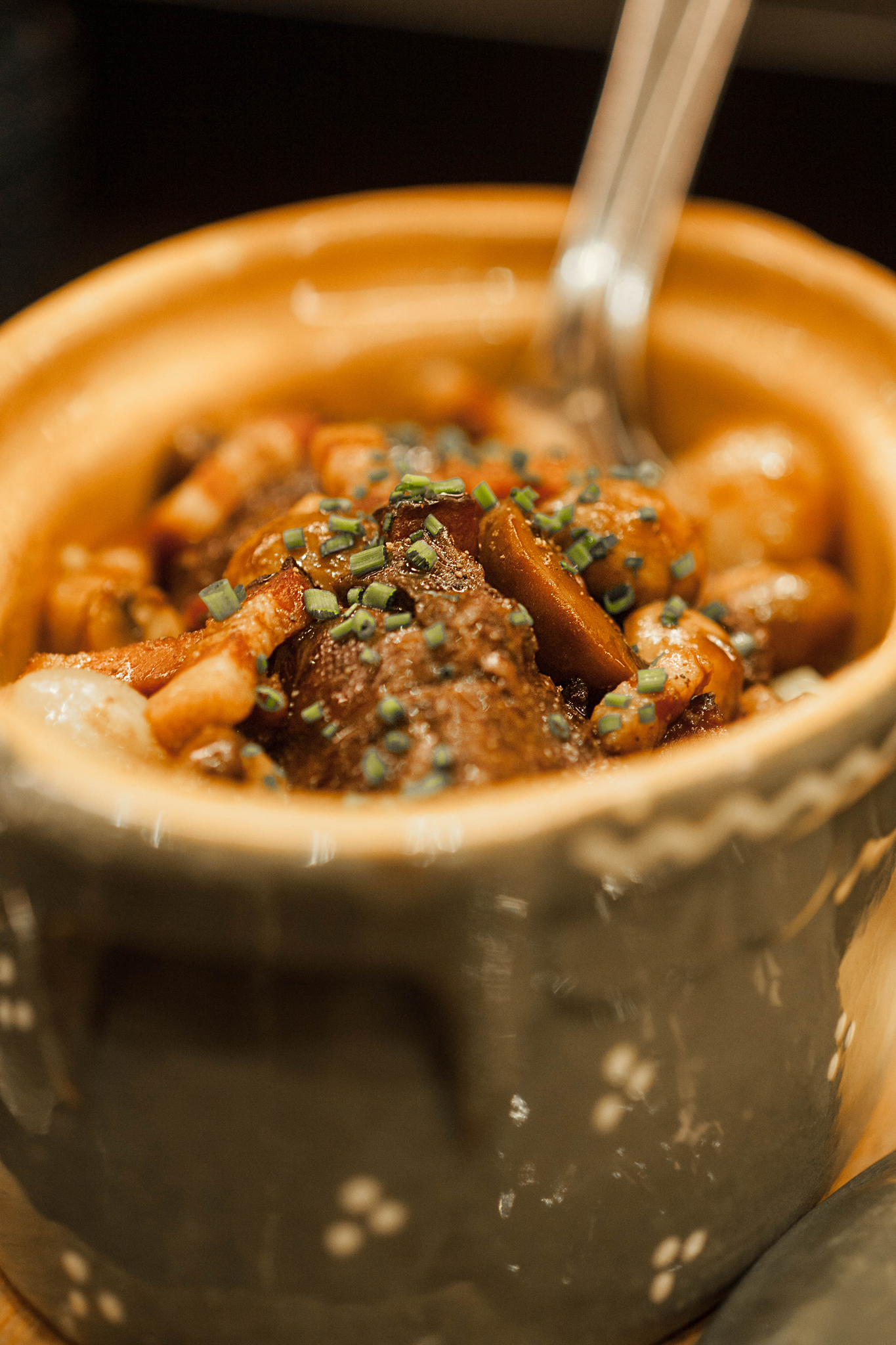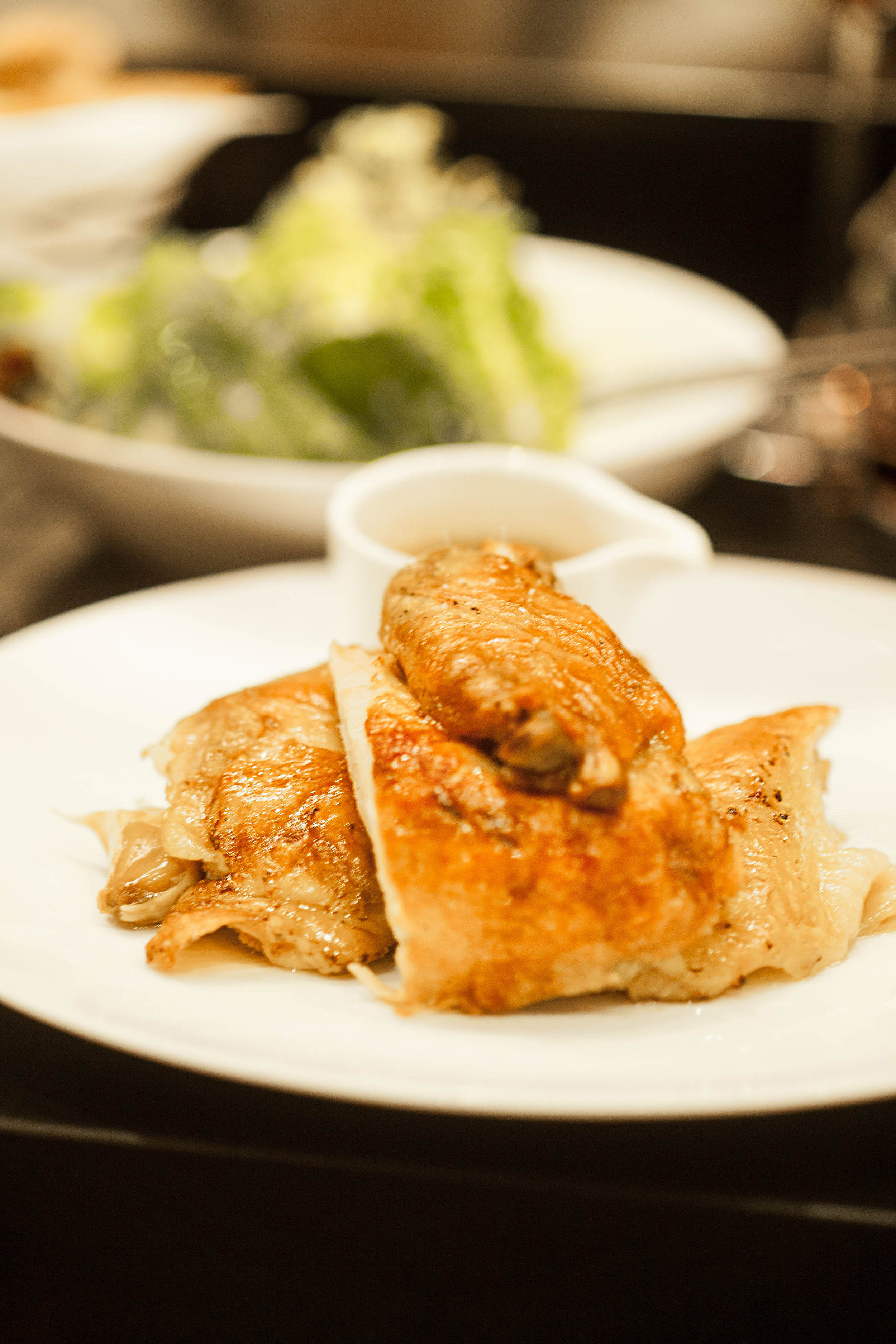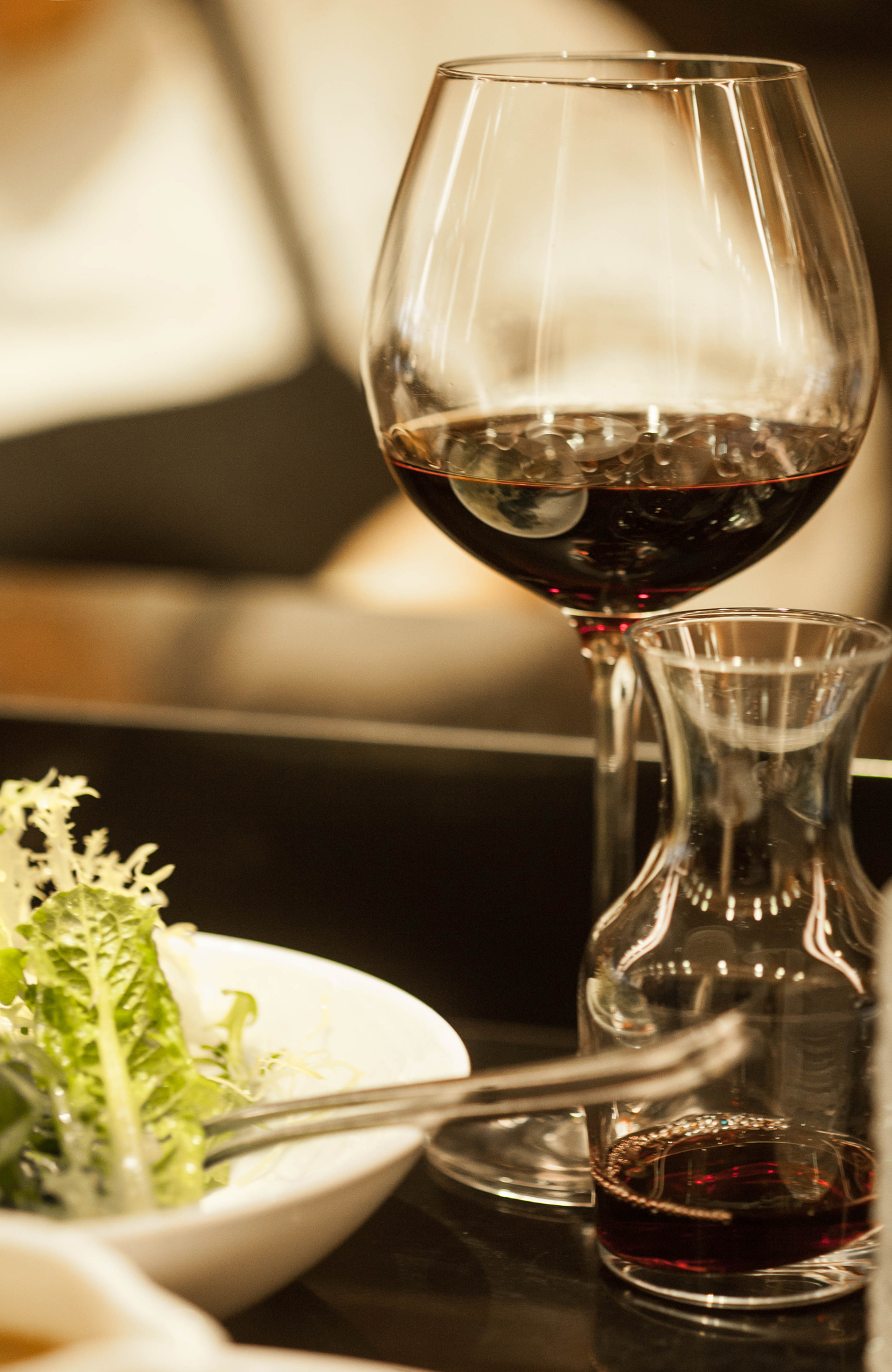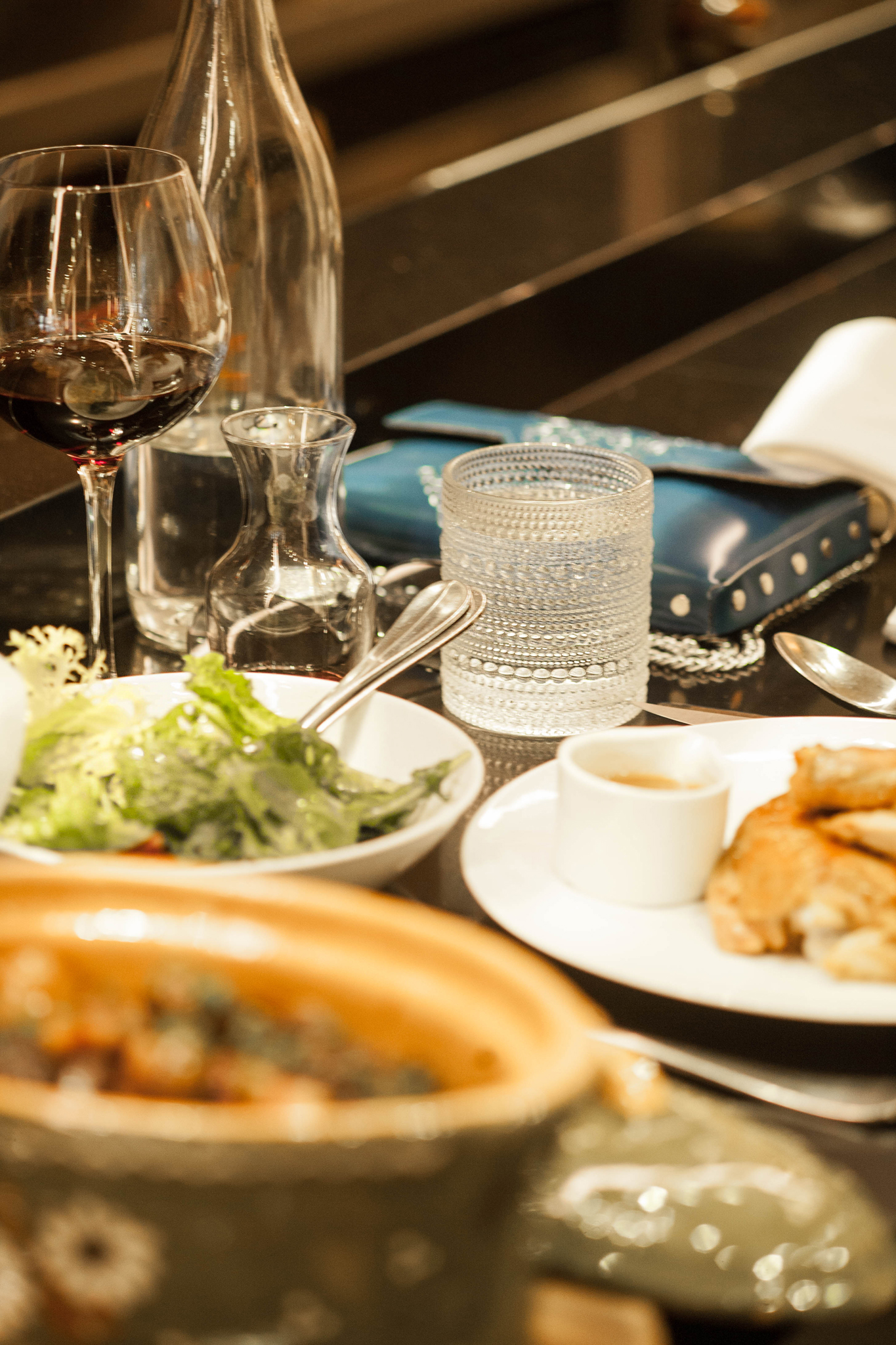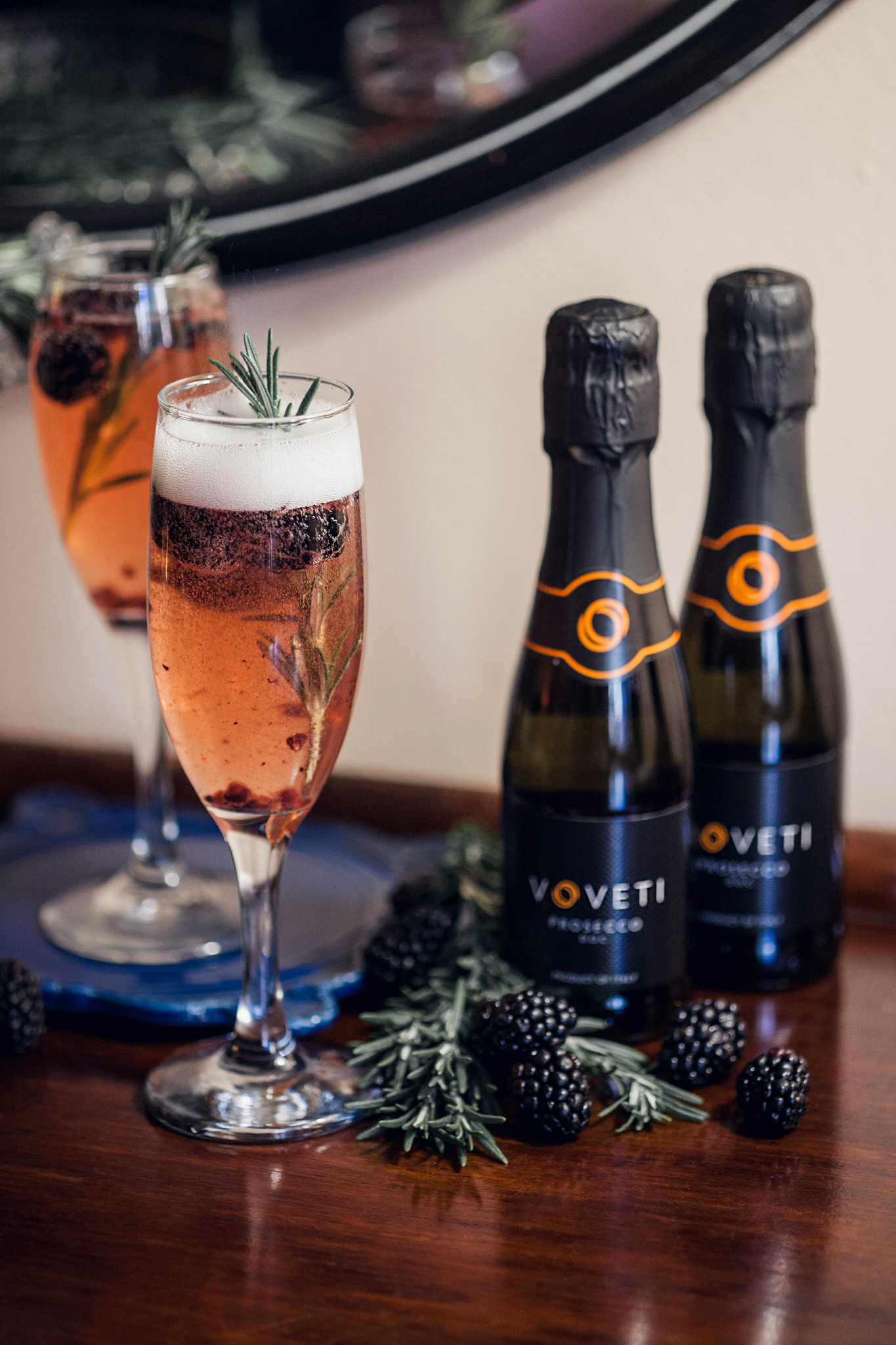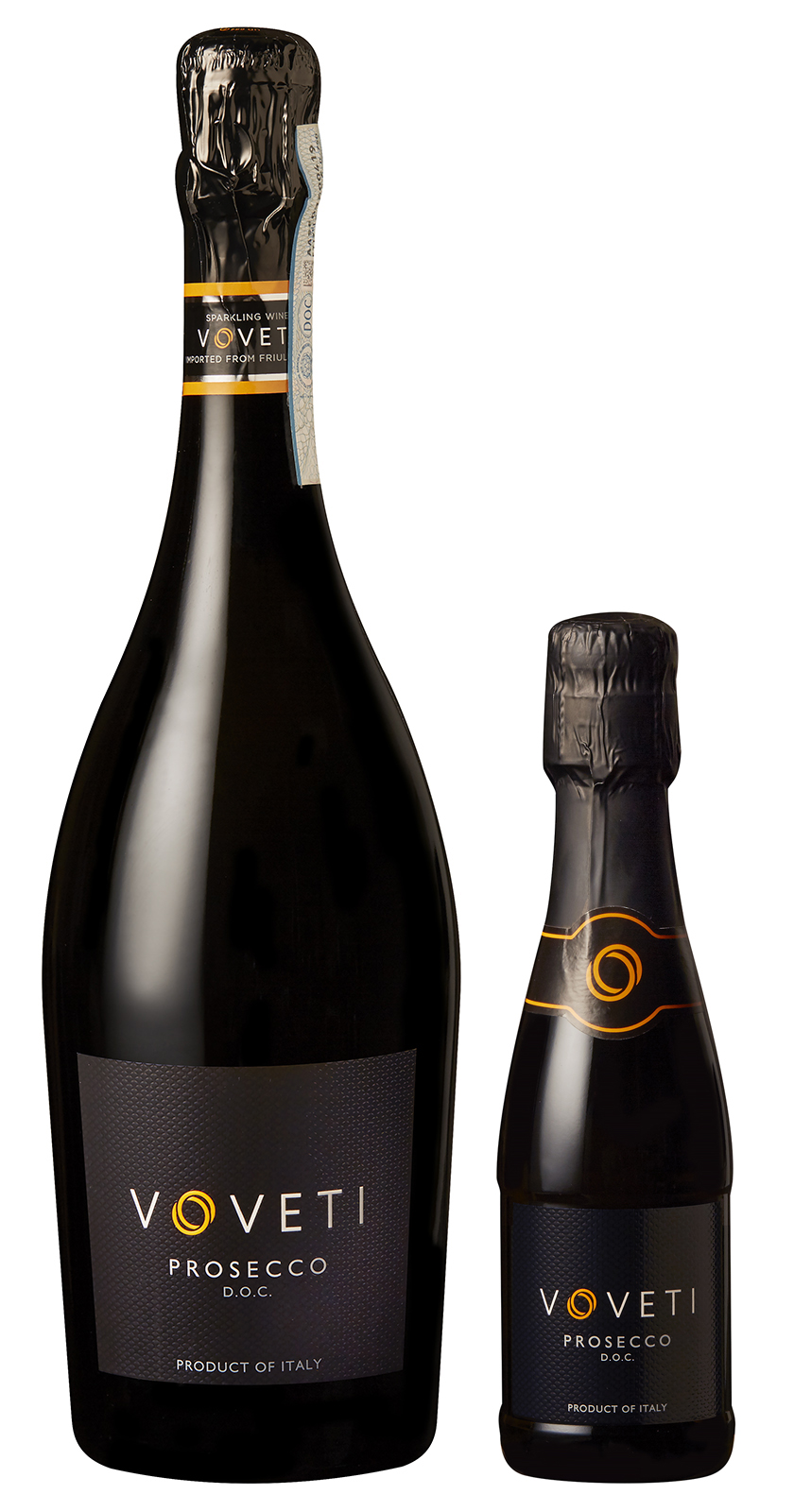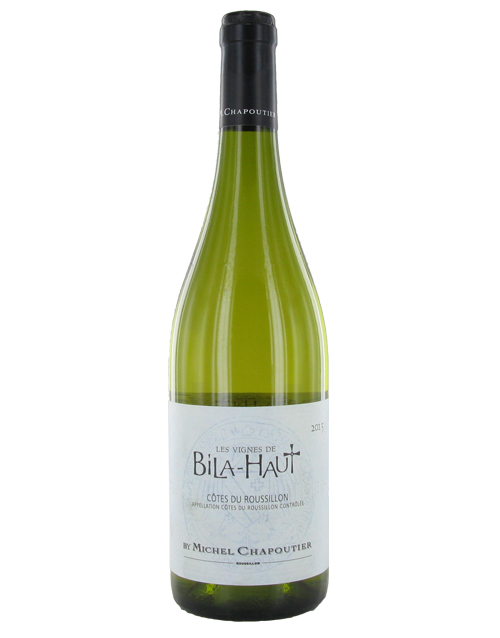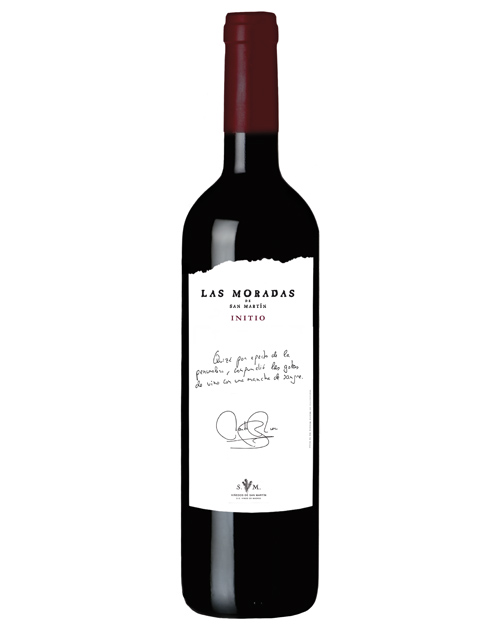This post is brought to you by Le Coq Rico, but all opinions are my own.
Happy Wednesday, everyone! Yesterday I had the pleasure of experiencing the wonderful downtown restaurant, Le Coq Rico. The original Le Coq Rico (The Bistro of Beautiful Birds) is located on Monmartre's Rue Lepic in Paris. Each Le Coq Rico pays tribute to responsibly raised whole-animal poultry. This restaurant is Chef Antoine Westermann's ode to the local terroir, expressed through the flavors of wild and noble birds. Westermann spent more than a year traveling across the Northeast, particularly through the Hudson Valley and Pennsylvania, to meet farmers and learn their poultry raising philosophies. "Fowl is a world unto itself," noted Westermann. "The flavor and texture change depending on the region, breeder, age, and style of farming." The result of this exchange stands today as Le Coq Rico, NYC. Continue reading to learn more about my time at this attractive, chic bistro.
Renowned French chef, Antoine Westermann was just 23 years old when he became the Chef and Owner of his first restaurant. In the twenty-five years that followed, he earned three Michelin stars. Then in 2006, he made the exceedingly rare decision to ask Michelin to remove his stars so his creativity would no longer be confined by the rules and regulations of the guide. Specializing in sophisticated poultry dishes, I was more than excited to try their Tuesday's plat du jour, coq au vin. One of my favorite French dishes of all time, they certainly did the bird justice. It was the best I have ever had!
We started with lovely appetizers of deviled eggs in a bed of octopus, cabbage, and cumin salad along with a creamy mushroom soup with a confit of gizzards (YUM). For our main entrees, along with the coq au vin with egg tagliatelle, we also tried the succulent roasted chicken that is aged 120 days and is served with a side of seasonal salad. Delicious pairings of pinot grigio and pinot noir, we topped it off with dessert, their famous l'ile flotttante (Floating Island) which consists of soft meingue & crême anglaise and three selections of ice cream: coconut lime sorbet, ginger, and vanilla ice cream. Even the espressos are spot on! A truly magnificent, fulfilling lunch!
The service was great, very friendly staff and super helpful when it came to making a selection. I'd recommend Le Coq Rico to anyone! But if you want to avoid the holiday crowds and nightlife scene, lunch is the way to go! And sit at the chef's counter, where you are able to watch the chefs cook for you up close and personal! The only problem with that is it might have your tummy rumbling as you wait! How many of you have experience Le Coq Rico? If you haven't yet, what are you waiting for?! ;)



